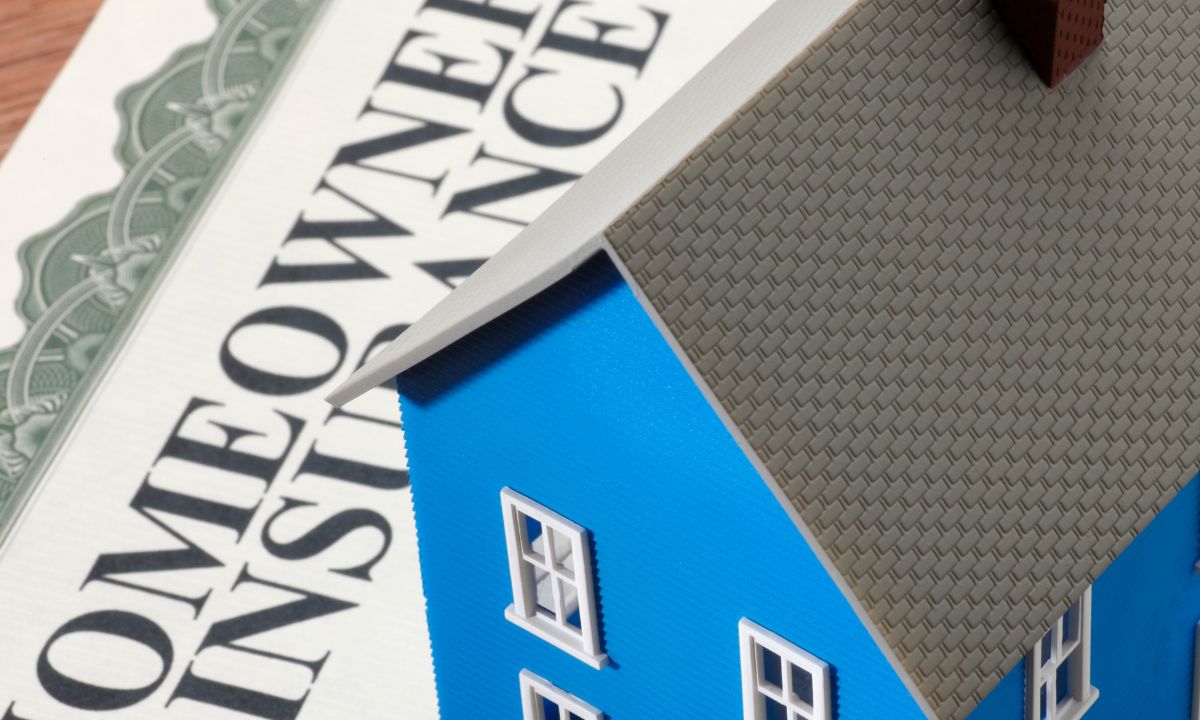 Buying a home is one of the most significant investments you’ll make in your lifetime. But it’s not just about purchasing the property itself—it’s also about protecting it. Homeowners insurance is a crucial part of homeownership, offering financial protection against damage or loss caused by unexpected events like accidents, natural disasters, or theft.
Buying a home is one of the most significant investments you’ll make in your lifetime. But it’s not just about purchasing the property itself—it’s also about protecting it. Homeowners insurance is a crucial part of homeownership, offering financial protection against damage or loss caused by unexpected events like accidents, natural disasters, or theft.
Whether you’re a first-time homebuyer or an experienced homeowner, choosing the right homeowners’ insurance can be a challenge. Understanding your coverage options and finding a policy that suits your needs is essential to safeguarding your home, your belongings, and your financial future.
Why Homeowners Insurance is Essential
For most homebuyers, homeowners’ insurance is not just a recommendation; it’s a requirement. Lenders often require insurance as a condition of the mortgage loan because the property you’re purchasing is also their collateral. This means that, in the event of damage or loss, the lender needs assurance that their investment is protected.
Even if you’re not required by your lender, homeowners’ insurance is a smart way to protect your property. Without it, you could face significant financial hardship in the event of a fire, storm, break-in, or other unforeseen incidents. A solid homeowners insurance policy helps cover repairs, replacements, and legal fees, and it can also provide liability protection if someone is injured on your property.
Understanding the Different Types of Coverage
Homeowners insurance policies typically offer several different types of coverage, and choosing the right one depends on the value of your property and what you want to be protected against. Here are some of the key types of coverage:
- Dwelling Coverage: This covers the structure of your home—walls, roof, floors, and built-in features—against damages from events like fire, wind, or vandalism.
- Personal Property Coverage: This protects your personal belongings, such as furniture, electronics, clothing, and valuables. If your possessions are damaged, lost, or stolen, this coverage helps you replace them.
- Liability Coverage: If someone is injured on your property or if you accidentally damage someone else’s property, liability coverage helps protect you from legal and medical costs.
- Additional Living Expenses (ALE): If your home becomes uninhabitable due to a covered event, this coverage helps with temporary living costs, such as hotel bills or rent.
- Natural Disasters and Flood Insurance: Standard homeowners’ insurance does not cover flooding, earthquakes, or other natural disasters in some regions. These policies can be purchased separately or as add-ons.
Assessing the Right Coverage for You
Before choosing a policy, it’s important to assess the value of your home and belongings. Take inventory of everything you own, including furniture, electronics, and valuables. You should also consider the cost of replacing your home if it were to be completely destroyed. A home appraisal may be helpful to determine the replacement value of your property, and you can use this figure to guide your coverage needs.
Next, evaluate the types of risks you may face based on your location. If you live in an area prone to floods, wildfires, or severe storms, additional coverage for those risks may be necessary. For example, if you live in a flood zone, you’ll need to purchase flood insurance separately.
Choosing the Right Policy and Provider
Once you’ve assessed your needs, it’s time to shop around for the best homeowner’s insurance policy. Look for a policy that offers the right amount of coverage for your home and belongings at a price you can afford. Consider the insurer’s reputation for customer service, claims handling, and overall satisfaction. An insurance agent or broker can help you navigate the options available and recommend the best policy for your situation.
It’s also important to review the policy details carefully, paying attention to exclusions and deductibles. For instance, some policies may not cover certain types of damage or may have higher deductibles for specific risks. Understanding these details upfront will help you avoid surprises later on.
Homeownership is a significant investment, and homeowners’ insurance is a vital tool in protecting that investment. With the right coverage, you can have peace of mind knowing that if something unexpected happens, you’re financially prepared. By assessing your needs, understanding the coverage options available, and working with a trusted insurance provider, you can choose the right homeowner’s insurance to protect your home and everything in it.
 Buying a home comes with numerous financial planning obligations. It’s far from a turn-key operation and one of the significant challenges involves developing a working knowledge about things often outside your area of expertise.
Buying a home comes with numerous financial planning obligations. It’s far from a turn-key operation and one of the significant challenges involves developing a working knowledge about things often outside your area of expertise. The average homeowner feels secure knowing they have insurance in the event of a severe weather calamity. Most people believe that no matter what happens, they have paid for protection against disaster.
The average homeowner feels secure knowing they have insurance in the event of a severe weather calamity. Most people believe that no matter what happens, they have paid for protection against disaster.